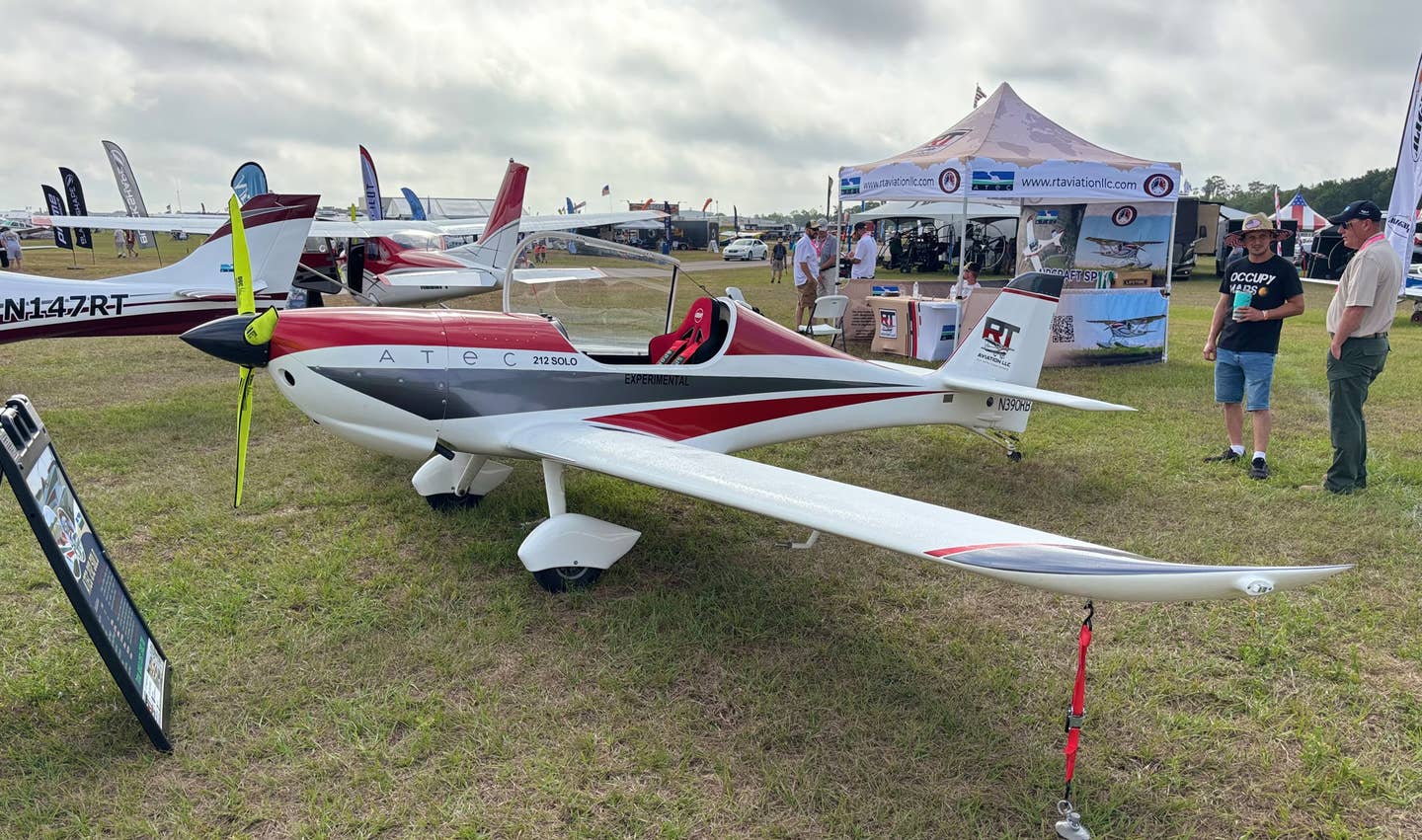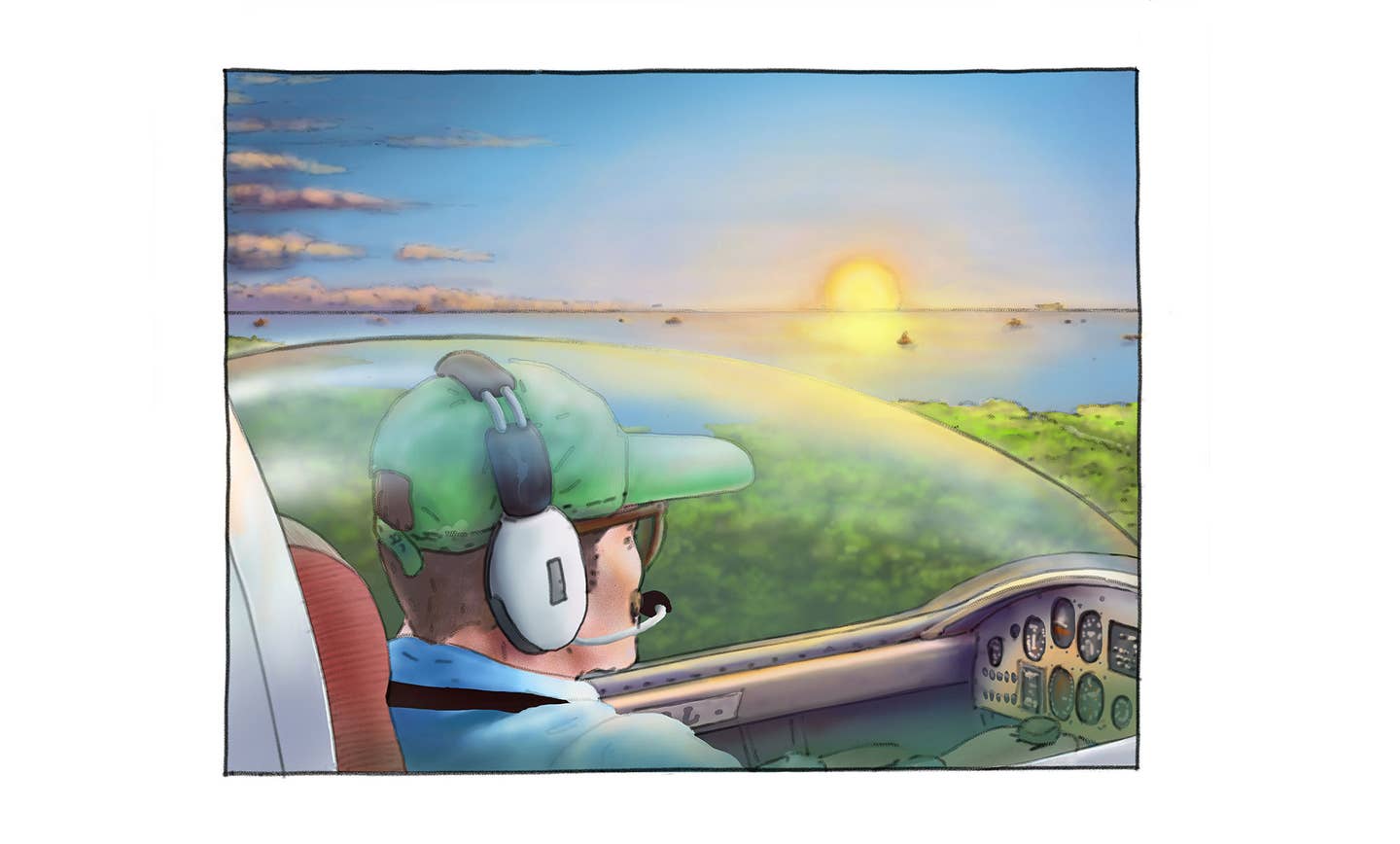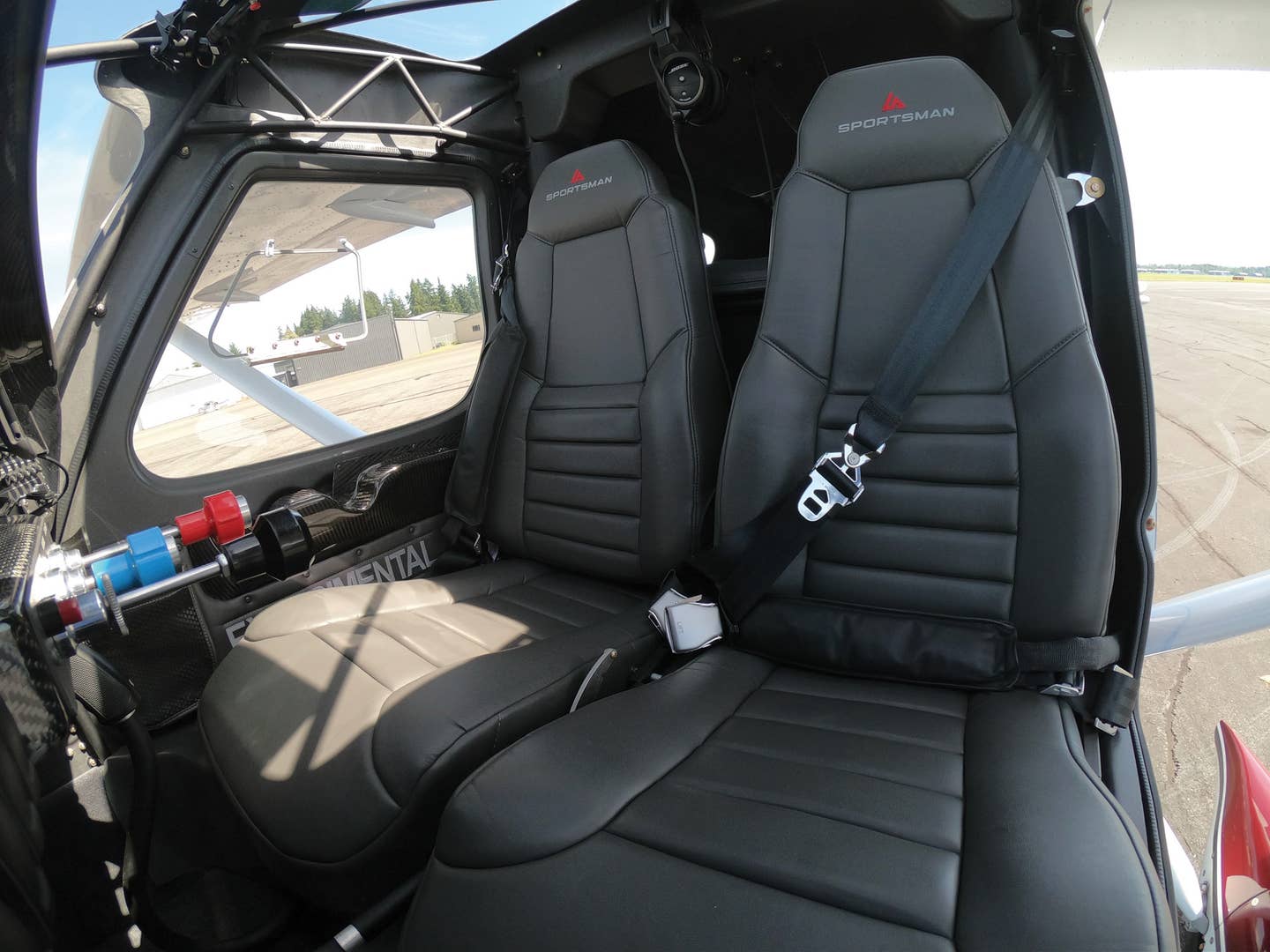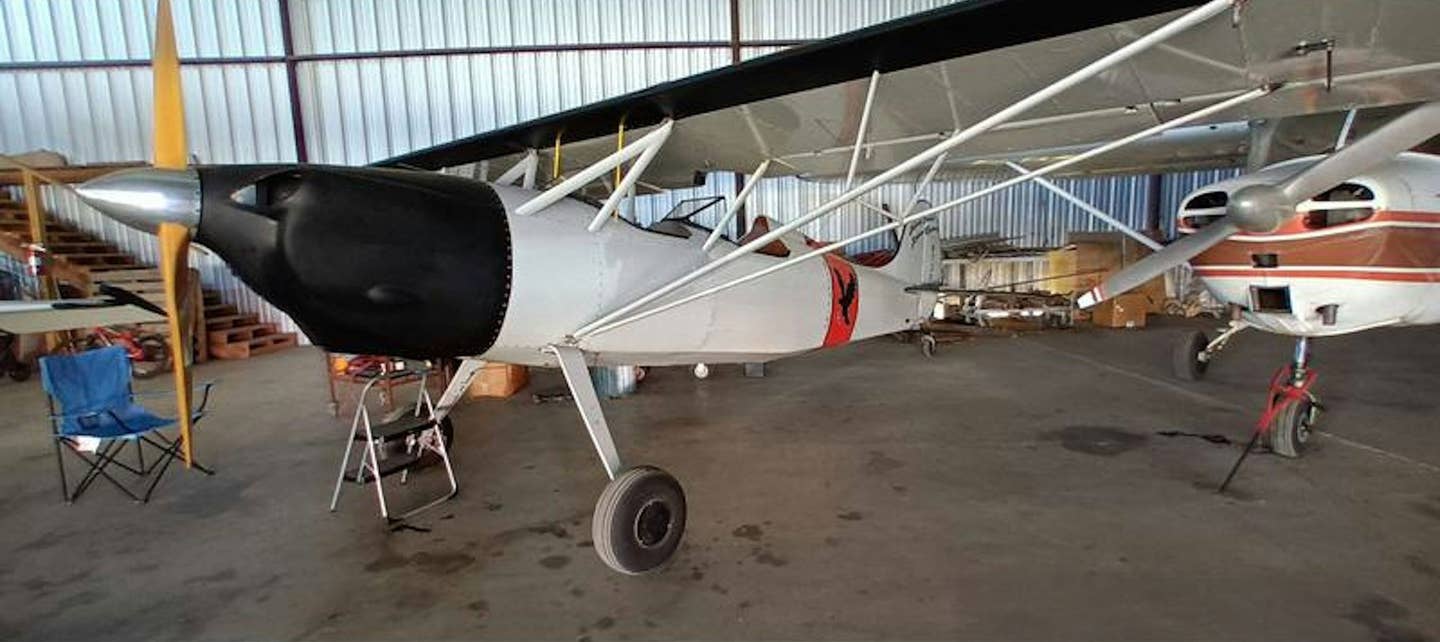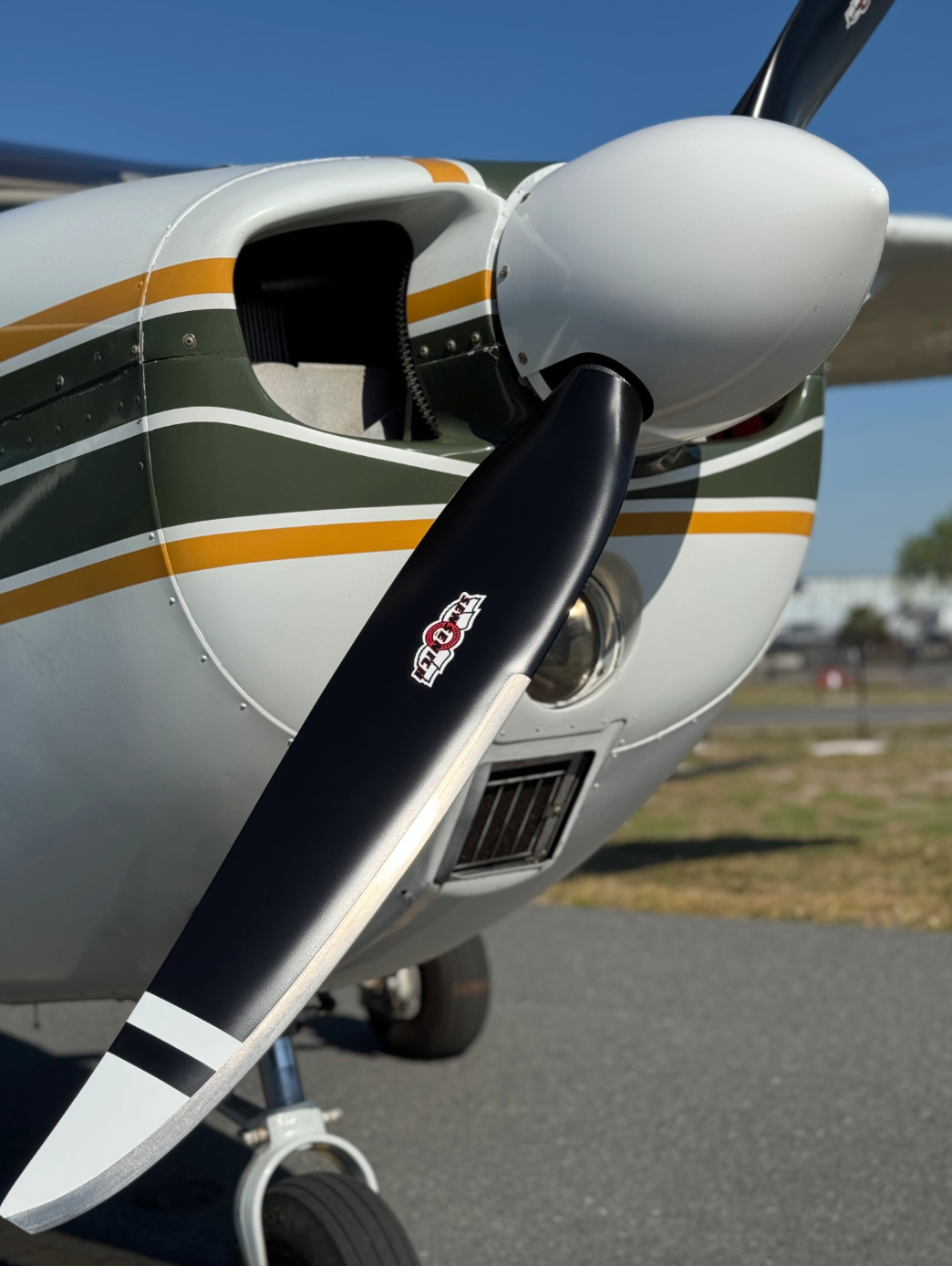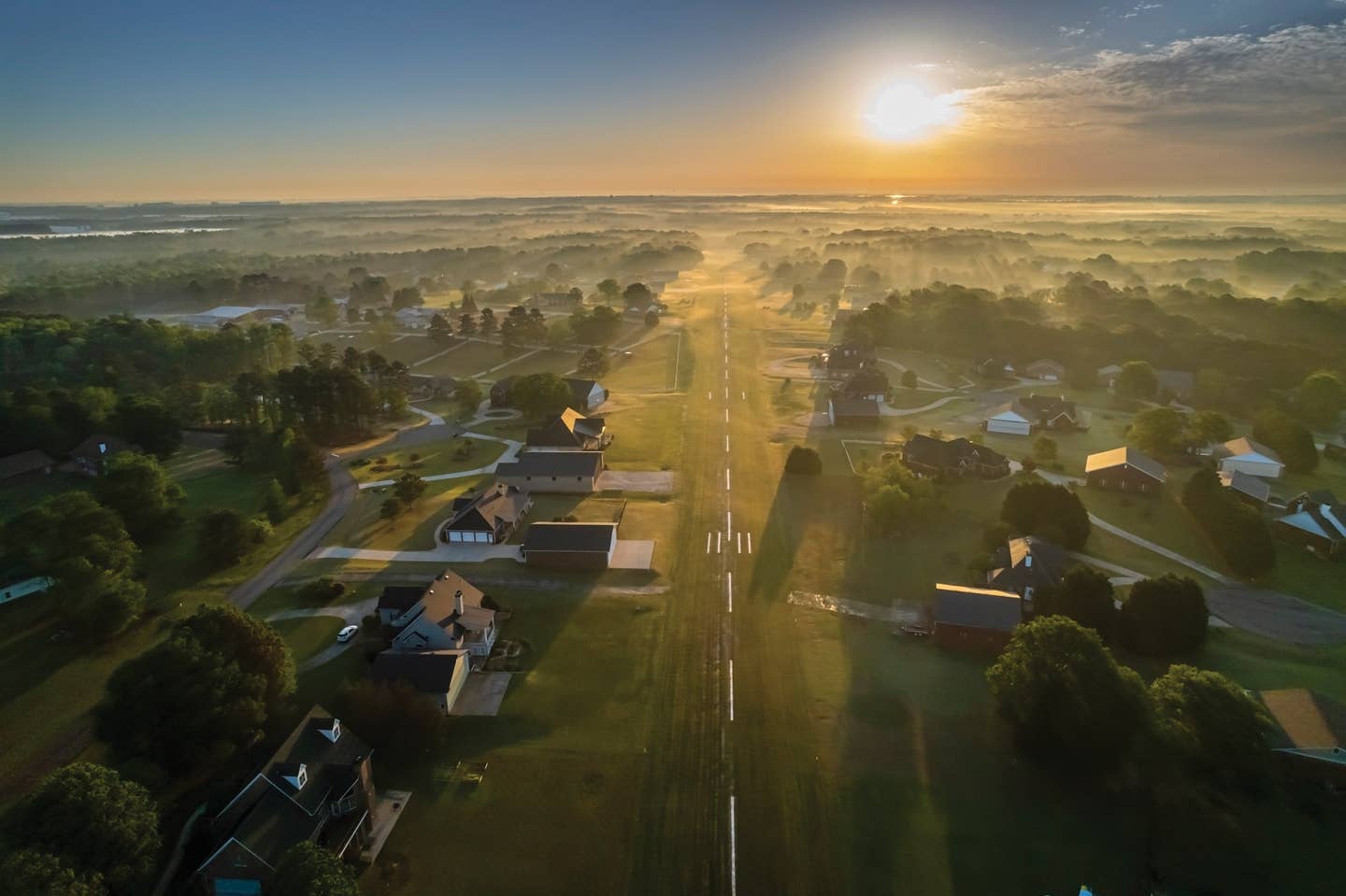Weight Versus Performance
Over the years, the Skylane’s empty weight and takeoff weight rose, reflecting demand for more fuel and equipment. From a 2,550-pound gross in 1956, the 182 went to 2,650 pounds…

Over the years, the Skylane's empty weight and takeoff weight rose, reflecting demand for more fuel and equipment. From a 2,550-pound gross in 1956, the 182 went to 2,650 pounds in 1957, then 2,800 pounds with the 1962 widebody model. The 1970 182N grossed at 2,950 pounds, while the 1981 182Q went to 3,100 pounds (maximum landing weight was the former 2,950-pound gross weight). The standard empty weight of the 182S was nearly 400 pounds heavier than the first-model 182.
The Skylane was always known for being able to take off out of any place you could land it; the stopping distance was greater than the distance required for a short-field departure.
As the gross weights were raised, parity was eventually achieved, and with the 3,100-pound takeoff weight, the Skylane required 200 feet more ground roll to lift off than its rollout room.

Subscribe to Our Newsletter
Get the latest Plane & Pilot Magazine stories delivered directly to your inbox

